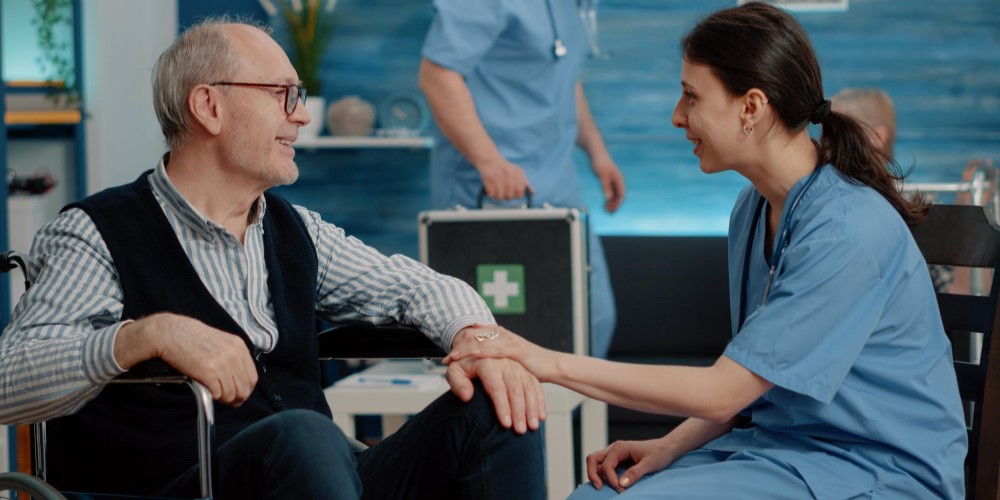
Femoral Fractures: Overview, Treatment, and Recovery
Femoral fractures, or fractures of the thigh bone (femur), are serious injuries that often require prompt medical attention and specialized treatment. The femur is the strongest bone in the human body, and fractures typically result from high-impact trauma, such as car accidents or falls from significant heights. Understanding the key aspects of femoral fractures, including their types, treatment options, and recovery processes, is essential for individuals facing this challenging injury.
Types of Femoral Fractures
Femoral fractures can vary in severity and location. Proximal femur fractures occur near the hip joint, while shaft fractures affect the mid-section of the femur, and distal fractures occur closer to the knee joint. Fractures may be further classified as stable or displaced, depending on the alignment of bone fragments.

Treatment of Femoral Fractures
The treatment approach for femoral fractures depends on the type and severity of the fracture. Surgical intervention is often necessary, especially for displaced or complex fractures. Common surgical procedures include the insertion of intramedullary nails, plates, or screws to stabilize the bone. External fixation devices may be used in certain cases to provide temporary stability.

Recovery and Rehabilitation
Recovery from a femoral fracture is a gradual process that involves immobilization, rehabilitation, and physiotherapy. Following surgery, patients may need to use crutches or walkers to avoid putting weight on the affected leg. Physical therapy plays a crucial role in restoring strength, flexibility, and function to the injured leg. The duration of recovery varies, but a comprehensive rehabilitation plan is essential for optimizing long-term outcomes.
Complications and Considerations
Complications associated with femoral fractures may include infection, delayed healing, or issues with hardware used in surgery. Close monitoring by healthcare professionals is crucial to address any potential complications promptly. Patients are advised to follow post-surgery guidelines, including medication, physical therapy, and regular follow-up appointments.
Life After Femoral Fracture
Life after a femoral fracture can see a return to normal activities, but the timeline varies. It's important for individuals to be patient with the recovery process and adhere to medical advice. Regular check-ups with healthcare providers and ongoing rehabilitation efforts contribute to a successful recovery, enabling individuals to regain mobility and resume daily activities. Understanding the nature of femoral fractures, the importance of timely intervention, and the role of rehabilitation is vital for both patients and caregivers navigating the challenges associated with this significant orthopedic injury.